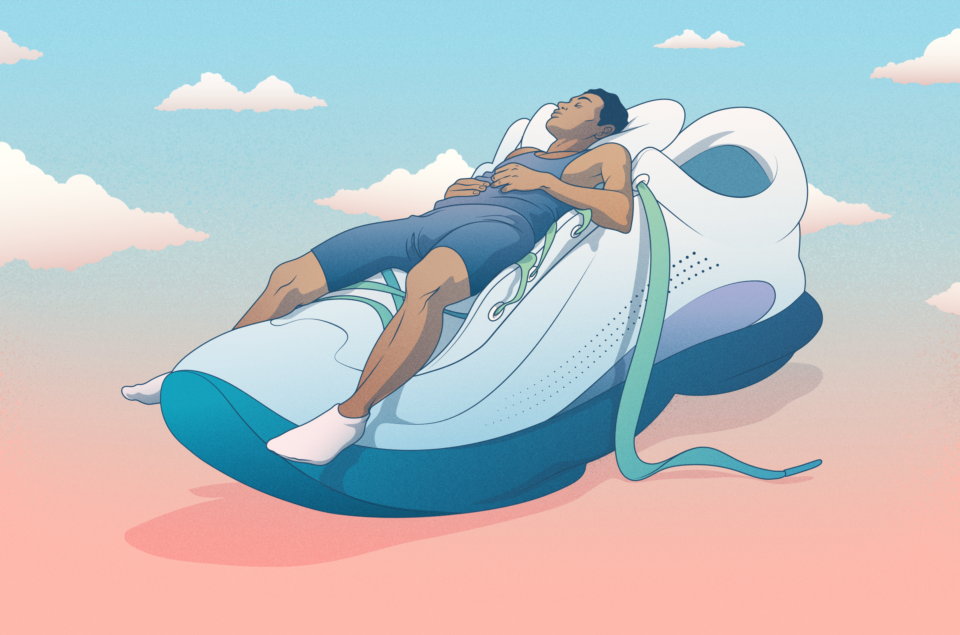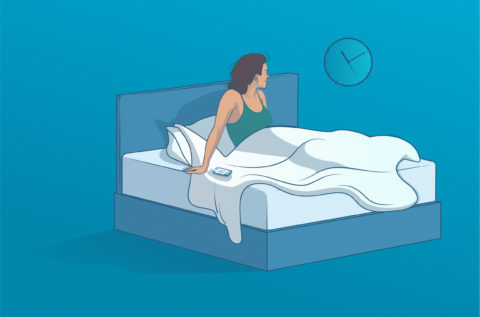We’ve all slept in some weird places. But could you settle down for the night suspended from a rock face 300 meters above the floor of Yosemite Valley? How would you feel if you woke up, stretched out a hand and felt nothing but cool, night air and saw the yawning chasm below you? Sounds like a nightmare, right? Well, some people don’t agree – and a portaledge camping is fast becoming the hotel of choice for thrill seekers.
Humans have developed the capacity to have the most fantastic dreams each one having its own very specific meaning and relevance. Amongst the dreams that wake us up with a start, the most common is probably the one where we experience the sensation of falling. Which begs the question – why put yourself in a situation where the only thing separating you and your precious sleep from a very real feeling of falling is a few steel poles and some textile? That’s exactly what portaledge campers do – and it’s this thrill that keeps them coming back for more.
Is sleeping on a Portaledge safe?
Portaledges function as a kind of suspended studio apartment for the dedicated rock climber. They are bedroom, kitchen and living room, all rolled up into one easily transported package.
Setting up a portaledge is not that different from setting up a standard tent. They are made to be safe for sleeping and resting when appropriately attached to a good bolt on rocks or walls. The primary bolt is also linked to other bolts with a climbing rope in case it fails. You can trust bolts that look in good condition to remain safe in case of a fall – you just need to ensure that the portaledge is well placed and attached to the wall.
Today’s portaledges are surprisingly simple in construction – disconcertingly simple to the untrained eye. The tough textile is stretched over a lightweight aluminum frame to form the sleeping surface. A single anchor point is all it needs to stay fastened to the rock face – it is attached to this anchor at four to six points creating what is essentially a tent, albeit one which is suspended high above the ground. This design offers its inhabitant a safe sleeping environment as well as protection from the elements for them and their gear, an essential factor for a successful climb.
There’s no way to roll off, and portaledges rarely (or never) collapse. However, you shouldn’t take your harness off for your own safety. In the worst-case scenario, you would just wake up unpleasantly while falling a short distance before your tether came tight.
Where can you experience a night in a portaledge?
But what kind of person would dare to spend one or even several nights in one – and if you were crazy enough to think, ‘that sounds cool’ where could you experience portaledge camping? As mentioned above, Yosemite Valley in California is a portaledge camping hotspot – which is no surprise when you consider the awe-inspiring, sheer white granites faces of El Capitan, Half Dome and countless other natural wonders in the park. In Europe, recommended spots include the Dolomite Mountains along the Austrian-Italian border, while down under, Mount Beerwah in Queensland Australia has become something of a ‘must-do’ on the portaledge campers’ bucket list. There are literally dozens of cliff-camping destinations available – it’s just for you to decide which level of thrill you’re seeking!
Portaledge camping: from homemade to custom-built
For many years, rock climbers attempted to create their own sleeping solutions which would allow them to break longer, energy-sapping climbs into more manageable multi-day activities. In the early days, improvised hammocks were used but these were clumsy, uncomfortable and ultimately resulted in a bad night’s sleep. In the 1960’s, camping beds were adapted for purpose but again proved to be unwieldy and impractical, even if they offered better rest. The first made-for-purpose portaledge was introduced in the early 70’s by the American company Lowe Albine Systems. The idea was subsequently developed in the 80’s leading to today’s compact design.
Humans – Hardwired to sleep almost anywhere
Generally speaking, personal accounts of nights spent on a portaledge range from positive to ecstatic. Almost everyone who experiences it comes down off the rock face buzzing from the energy of the quite ridiculous, gravity-defying 8-hour stunt they’ve just pulled. Many also claim to have had a fantastic night’s sleep too. This is perhaps not as unexpected as it sounds. As time has proven, human beings can sleep in unusual or even hostile environments. From extreme temperatures to combat zones and even in space, we’ve shown that as a species, there’s not much that can stop us from getting our shuteye. With this in mind, it’s perhaps no surprise that for some of us, a night on a portaledge is as easy as… stepping out of bed.










